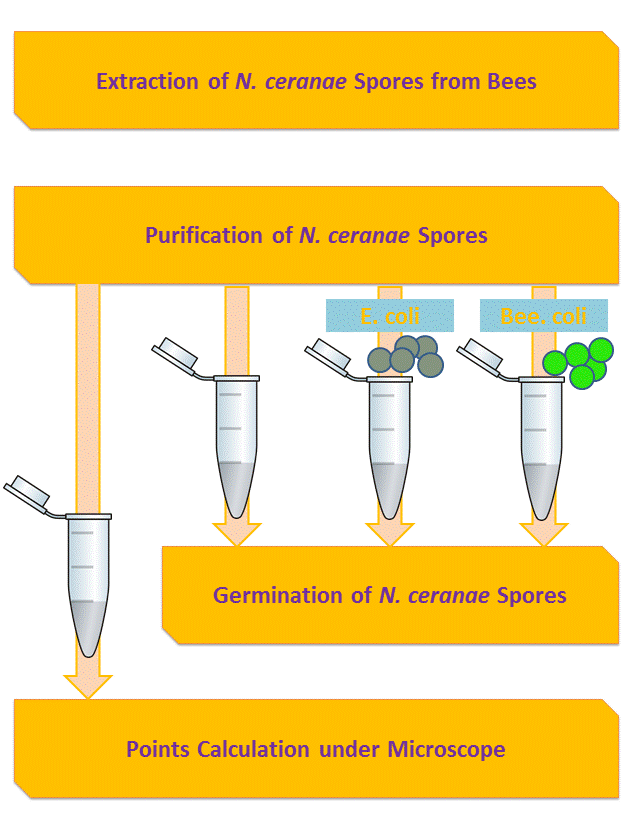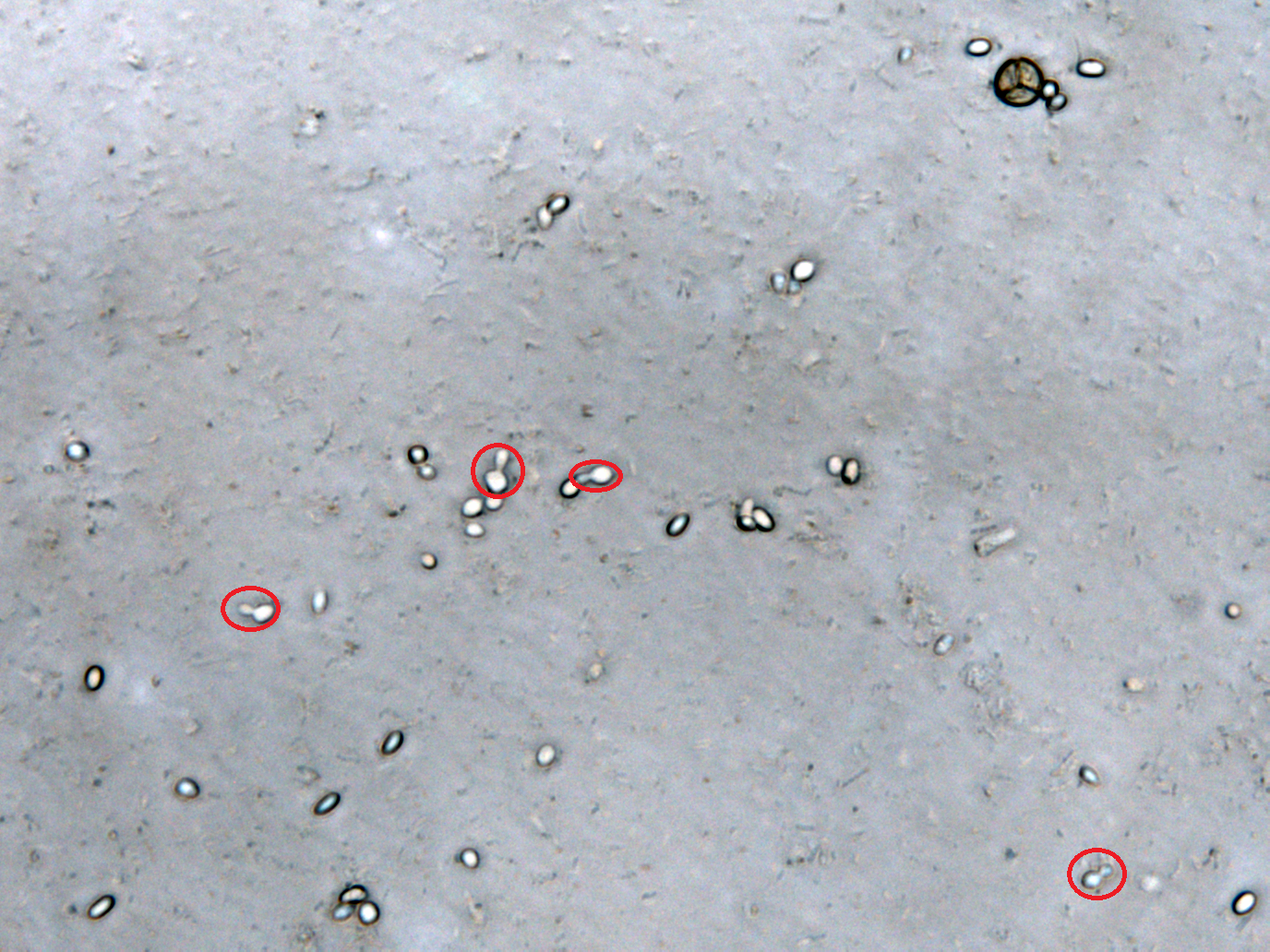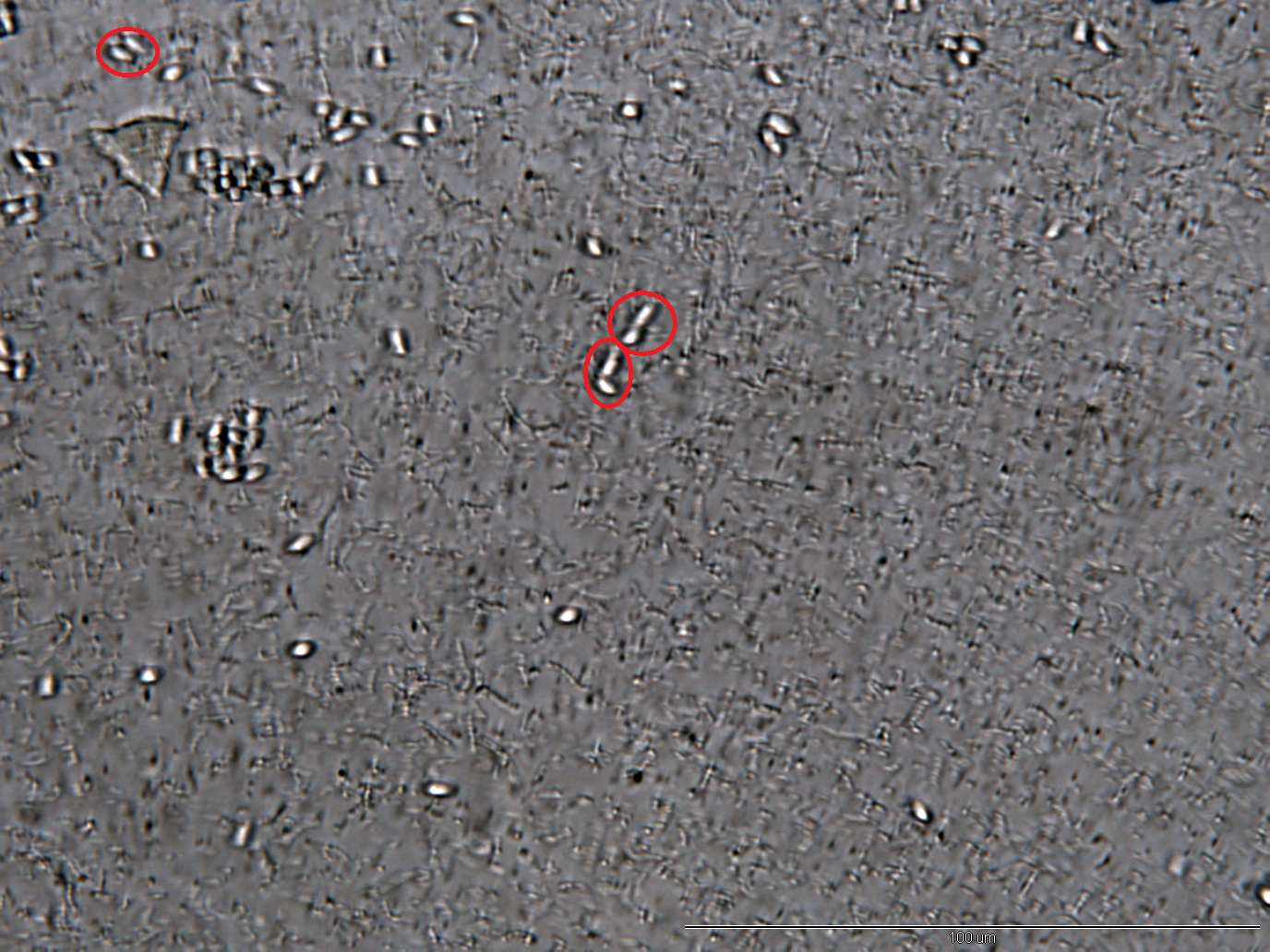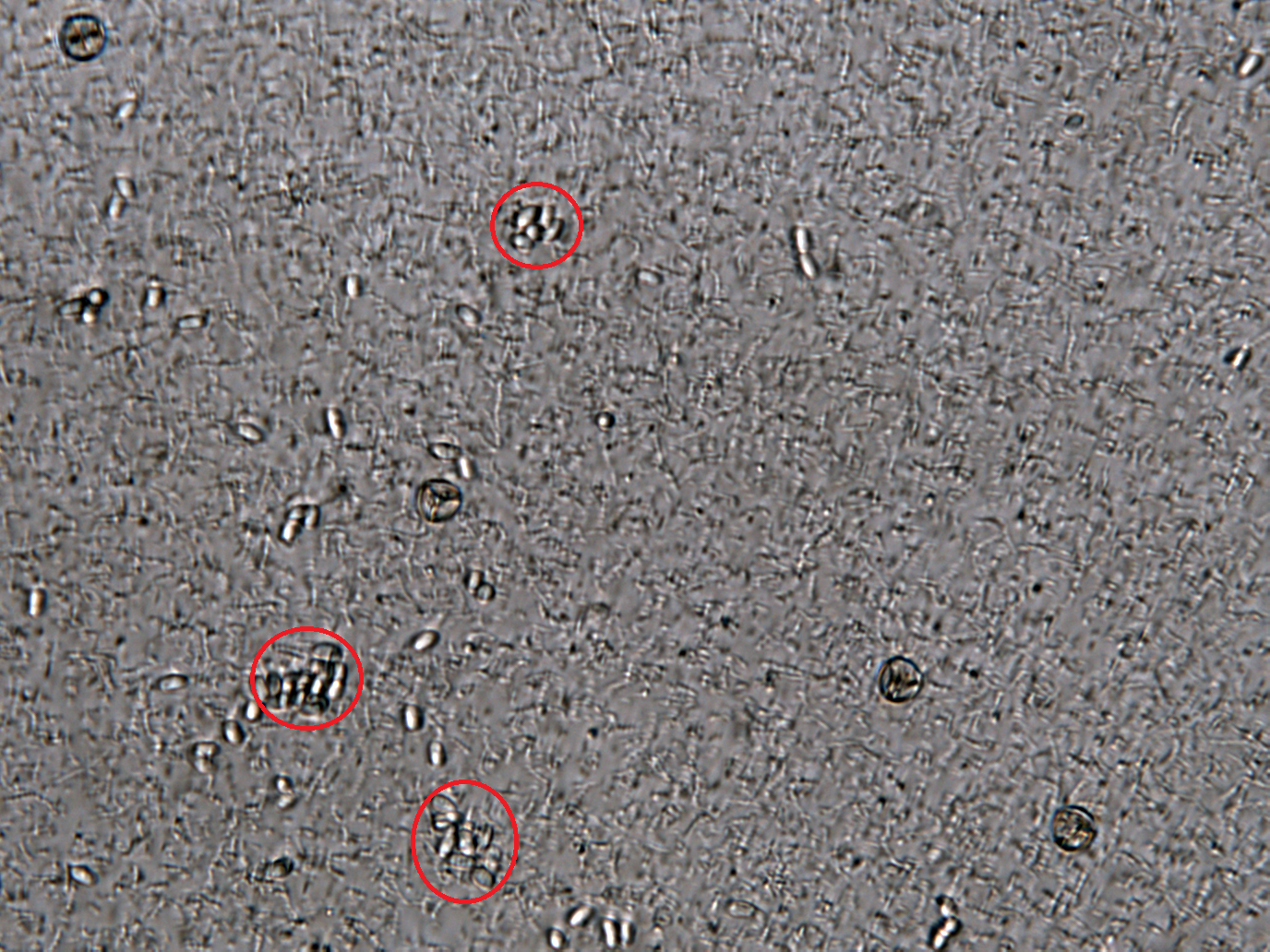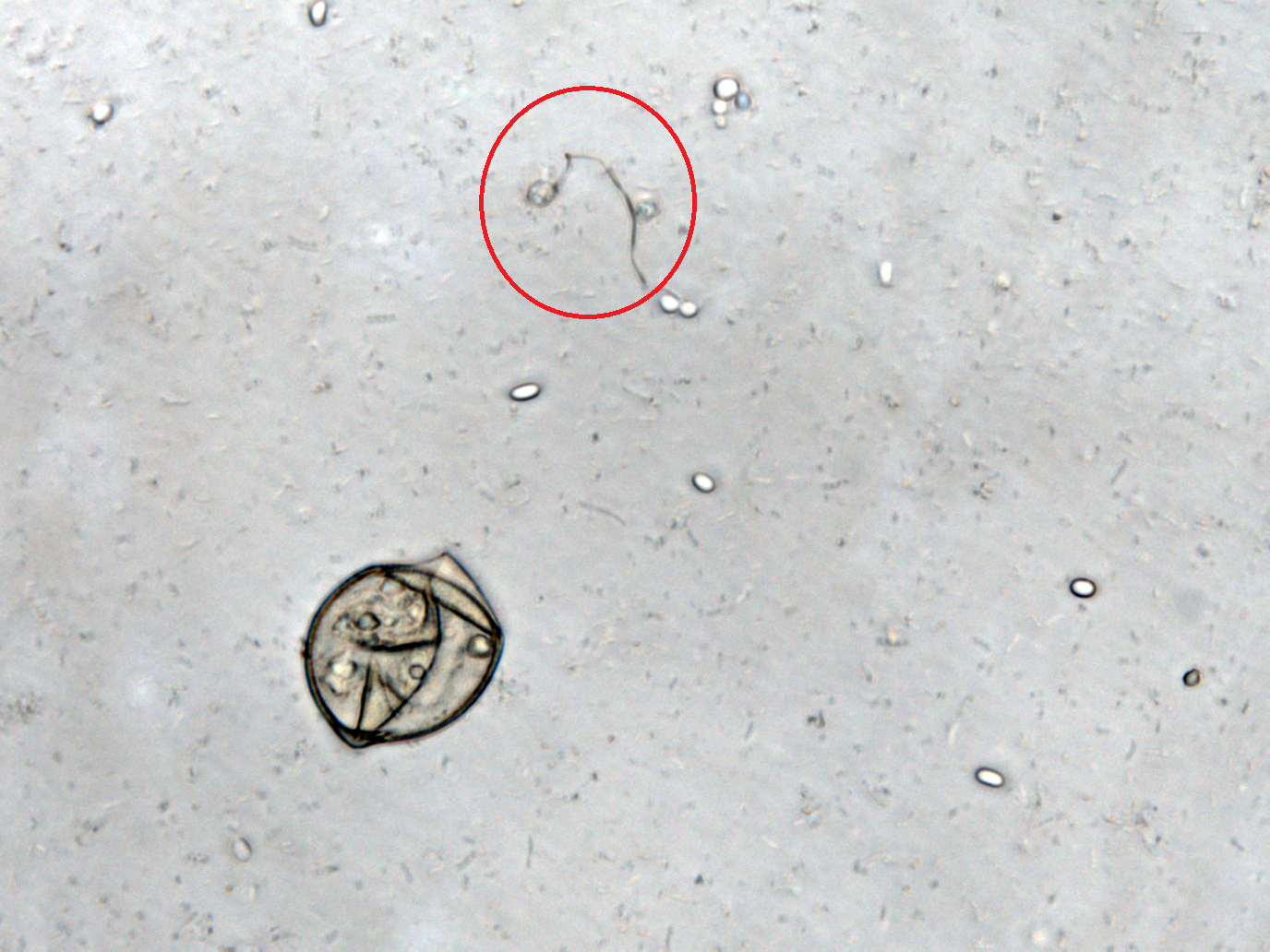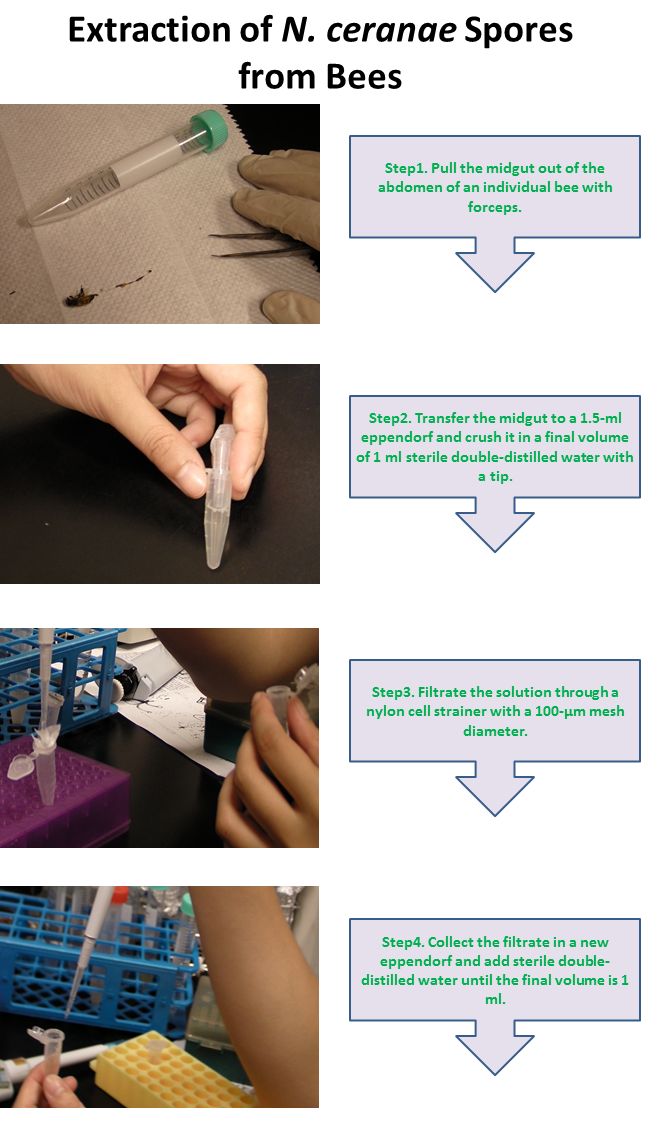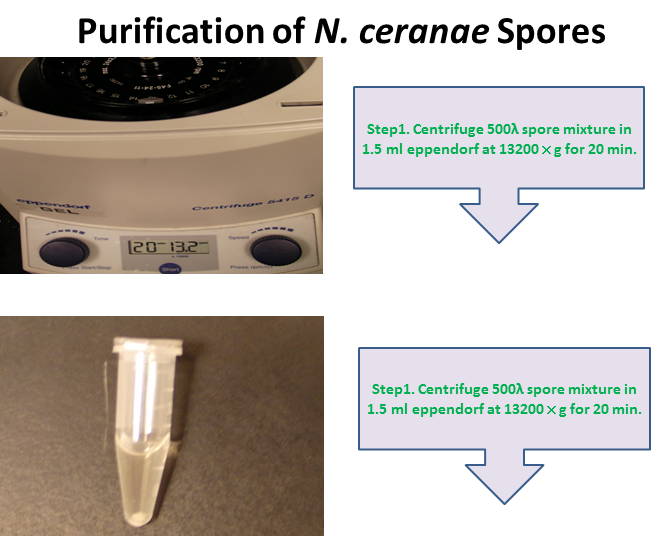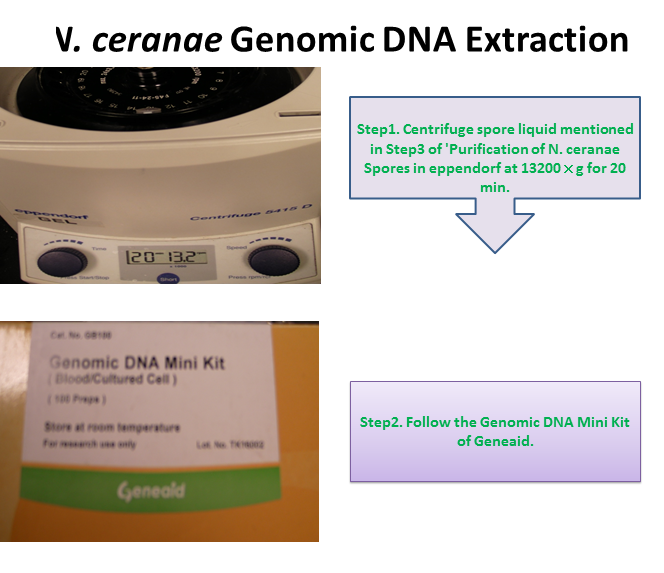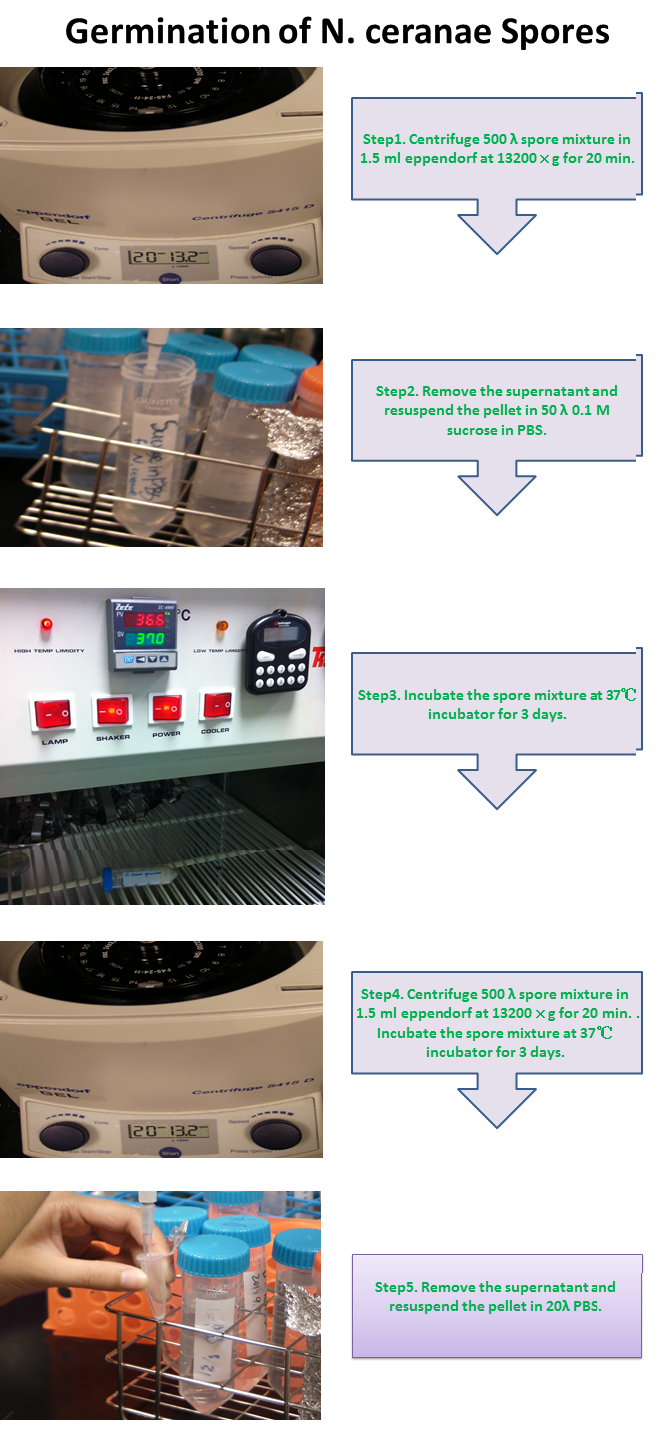Team:NYMU-Taipei/Experiment/Wet Lab
From 2013.igem.org
Data for Our Favorite Parts 1. A ‘’’ OxyR-induced Promoter’’’ [http://parts.igem.org/Part:BBa_K1104201 BBa_K1104201](TrxC promotor) 2. A ‘’’Transcription Factor Activated by Oxidative Stress’’’ [http://parts.igem.org/Part:BBa_K1104200 BBa_K1104200] (OxyR ) we apply a constitutive promoter to the OxyR coding sequence to overexpress the OxyR protein, which is expected to boost the sensitivity of our ROS-induced promotors. 3. An ‘’’antimicrobial peptide’’’ [http://parts.igem.org/Part:BBa_K1104301 BBa_K1104200 ] (Defensin1 ) the mechanism which insects use to protect against the invasion of microbes.
Data for pre-Existing and Optimized Parts
We successfully improved the biobrick part: ahpC promoter [http://parts.igem.org/Part:BBa_K362001 ahpC (K362001)]. Originally created by the KIT-Kyoto 2010 iGEM team by taking the upstream 1000bp of the AhpC gene, we improved the promoter by first mutating the PstI cutting site to make it conform to Assembly standard 10. We then designed specific primers to cut short the original sequence of AhpCp promoter to trim out unneeded sequences make it more efficient. More details about the design can be found on the Team:NYMU-Taipei/Project/Inhibition/Sensor Sensor page.
The supplementary characterization and the application of AhpC promoter has been added to the experience page of [http://parts.igem.org/Part:BBa_K1104203 BBa_K1104203 (AhpCp1000)].
The AhpCp1000 derived OxyR-induced promoters we created are as follows:
- [http://parts.igem.org/Part:BBa_K1104204 BBa_K1104204] (AhpCp2D1 promoter)
- [http://parts.igem.org/Part:BBa_K1104205 BBa_K1104205] (AhpCp2 promoter)
- [http://parts.igem.org/Part:BBa_K1104206 BBa_K1104206] (AhpCpD1 promoter)
- [http://parts.igem.org/Part:BBa_K1104207 BBa_K1104207] (AhpCp1 promoter)


Contents |
Inhibition of Spore Germination Testing---Mannosidase Function Assay
We define the germination degree as follows:
And so far we have accomplished experiments of the first two groups, discovering that spores underwent the germination procesure got much more points than the control group. Next we will compare the points of group 3 and group 4 to see if Bee. coli can inhibit the germination of N. ceranae.
 "
"









